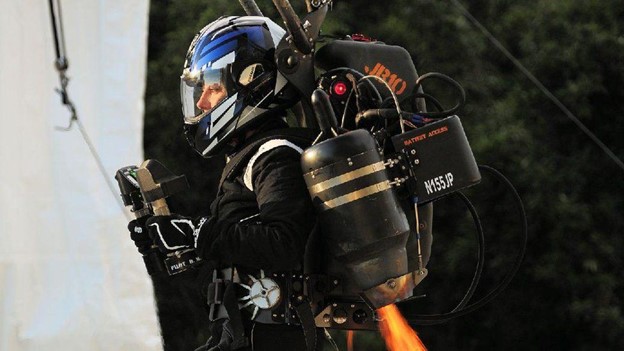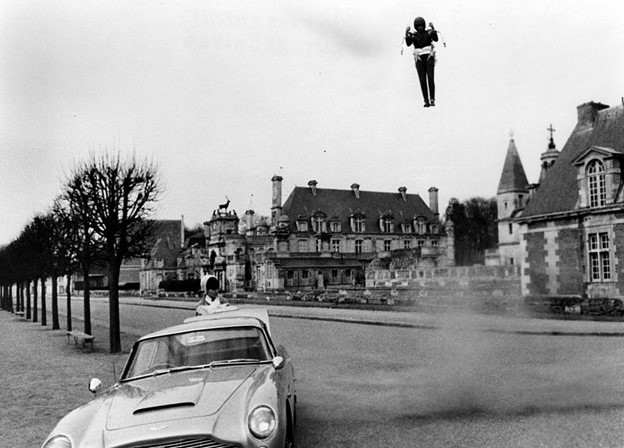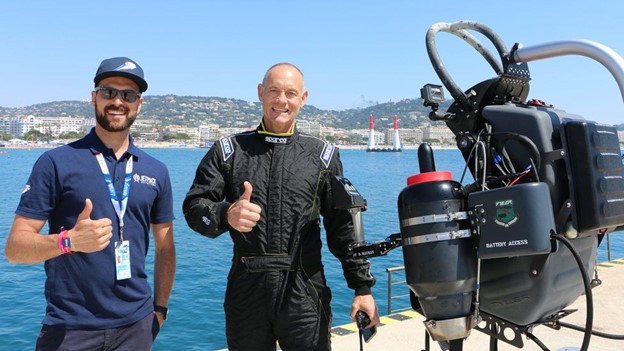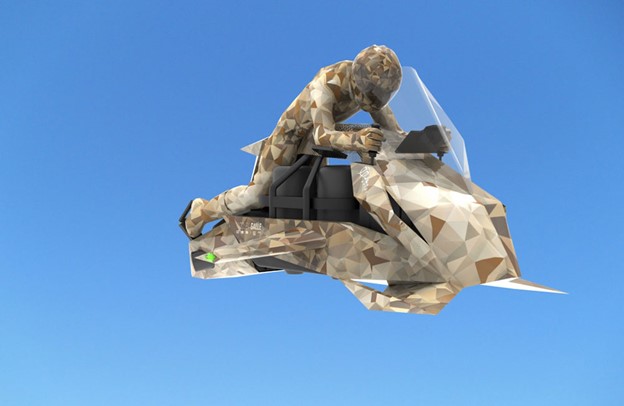The Future of Jetpacks for Today’s Millionaire Survivalist

Once again, the subject of the future inevitably returns to jetpacks, especially for those of us who grew up in the second half of the 20th century. We thought for sure we’d all be using them as of a decade ago, but alas, every step forward sees a reduction in the value of the dollar and a loss of nerve by a “brave new world.” This is why it’s up to the strongest and wealthiest of those among us to invest in a technology before that dread EOFTWAWKI scenario hits.
Today on Rob Raskins’ Millionaire Survivalist, we’ll consider how modern advancements in jetpack tech has prepared today’s elites for an impending apocalypse. When the SHTF, I know I want to fly away from the people, calamities, and possible loss of ground under me.
Analysis
According to retired helicopter pilot Leigh Coates, “You really do feel as if you can fly.” Need I say more? We all dreamed of flying through the air, literally and figuratively, as kids do at night when they dream and in the day when they imagine having superpowers.

Jetpacks have come a long way since the 1965 James Bond film Thunderball (pictured above), where Sean Connery flies off the roof of a French chateau to escape a gunman. As the hero narrowly escaped with his life, a new day dawned before the eyes of the Boomer generation.
As of 2015, California-based JetPack Aviation(JPA) is spearheading the private and commercial market development with their JB series jetpacks. Aside from working with the military and emergency services to develop the technology, they’ve also opened up the public market with the FAA approval of the JB 10 twin-turbojet engine jetpack.

Founder/chief executive David Mayman (pictured above right) says they’re not difficult to fly and are surprisingly intuitive. Thrust and speed are controlled by the pilot’s right hand, and directional movement is controlled by the left. A computer screen shows the fuel level, exhaust gas temperature, battery status, and other relevant engine information.
Since they run on kerosene or diesel, which is not too expensive or hard to come by, they’re relatively cheap to operate. Also, no special skills in aviation are needed, so anyone with average health and fitness is welcome to sign up. Despite a cost of $4,950 for a 2-day training session, demand is surprisingly overwhelming. JPA has new technologies on the horizon as well.

In addition to the traditional backpack style jetpack, development is underway for a flying motorcycle called the Recreational Speeder (pictured above). It’s the first turbine-powered personal aircraft ever built and offers a fully stabilized vertical takeoff and landing (VTOL). With air speeds up to 150 MPH and altitudes up to 15,000 feet, preorders are currently accepted.
Also, stay tuned for the Ultralight Version (UVS) and Experimental Version (EVS), which will offer additional advancements, some of which may require a pilot’s license.

Meanwhile, the military and commercial version of the Speeder (pictured above) is also being developed for the military and emergency vehicle market.
Conclusion
So, regardless of your specific needs, the onus is upon you to get on this now before the masses make you look weak in front of your inner circle. Armed with disposable income and an uncompromising dedication to your own survival in an unpredictable world, you can still make this seemingly impossible fantasy an exclusive reality.
Pre-order your jetpack today: https://jetpackaviation.com/
